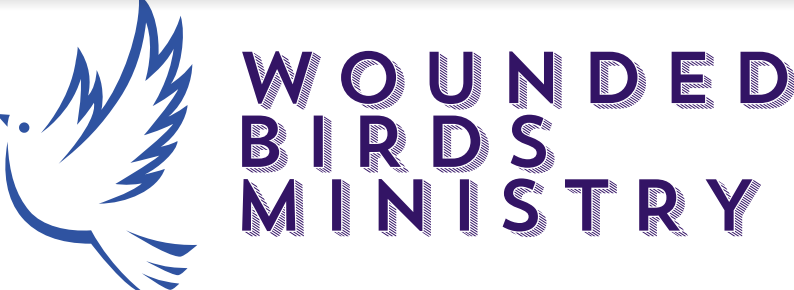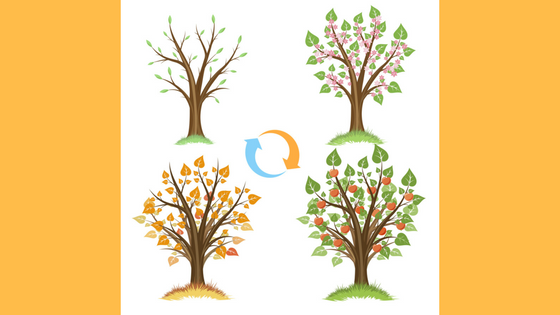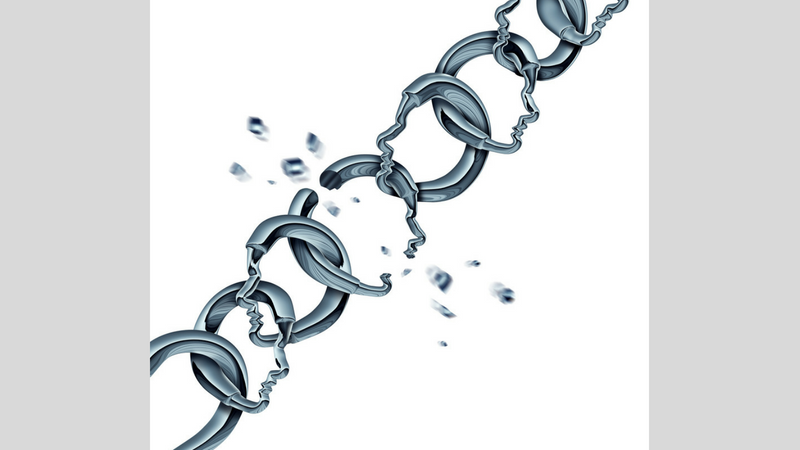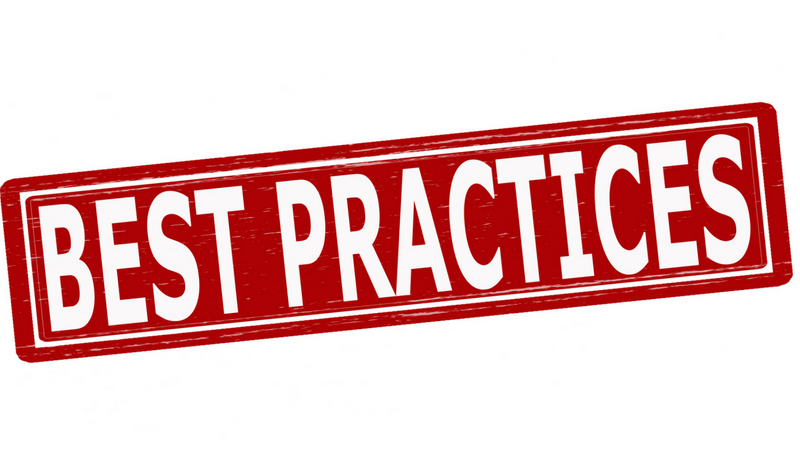Cycles and Triggers: An Overview
Cycles and Triggers Influence Our Mental Health
One of the benefits of coming to acceptance with our diagnosis is that we get serious about getting better. Typically, the first thing we learn is to “control what we can control.”
Often, this involves medication, therapy, nutritional changes and exercise. We learn to put in routines and develop better sleep hygiene. These are tangible changes and they allow us to see progress.
As we master these skills, we advance to the next level: managing for cycles and triggers. While we cannot control our biological cycles or hide from every potential trigger, what we can do is learn to manage our cycles and triggers and influence their impact upon our mental health.
What Are Cycles?
Let’s start with cycles. Cycles are simply our biological rhythms. These rhythms are unique to each person; it is unusual to find two people who experience cycles that coincide on the same days and have identical symptoms.
Additionally, cycles are not brief, singular events. They exist over some period of time – either a few days, a few weeks, and sometimes even months or years.
When we understand our cycles and their symptoms, we become empowered: we can come up with a plan to manage for the symptoms and take advantage of the benefits they sometimes offer.
For example, if I know I’m a night owl and most productive at 2am, it makes sense to do what I can do schedule around this biological reality.
For me, I do my best work between 8 and 11 am; if I put in serious effort during those times, I am incredibly productive and turn out some of my best work.
Pushing beyond that three-hour timeframe is sometimes possible, but by 1pm, it’s time for me to focus on tasks that require a lot less brainpower, such as vacuuming or reading.
Some Cycles Are Regular
Some of our cycles are regular, meaning that they happen on a mostly predictable schedule. One of the most well-known cycles is women’s menstrual cycles.
Most women generally know when they will get their period and the symptoms they will experience over the 28-30 day period. Having this predictability helps us plan for it: do I need to carry feminine hygiene items in my purse this week? Do I have Midol on hand, or a heat pack ready to go?
Another predictable cycle is the four seasons of the year. Our bodies respond differently to the weather: sunshine makes us feel better; for some, winter is associated with Seasonal Affective Disorder (SAD).
For those who live SAD, it is important to have plans established for that time of year. Maybe we have a standing date with a friend for coffee, or plan a vacation during those months so we get a break from it.
For many years, I hated the spring. It had strong associations with trauma and endings for me, and I dreaded the start of March. I had to learn to make it a time when I plant new beginnings.
Over time, planning for this cycle has dulled the impact of the season. I no longer dread the calendar turning over to March and April. While I I still have a few sad days, I also have positive memories and associations.
Learning to manage my cycles and triggers in the spring has been a healthy change.
Some Cycles Are Unpredictable
Those of us living with various chronic illnesses, such as depression, bipolar disorder, and schizophrenia (to name a few) have another layer of cycles to contend with. Overlaying our more predictable cycles are those that have the potential to derail us.
Often, these cycles feel random and as though they come on with little or no warning and that the durations are unpredictable as well.
For example, as part of my bipolar disorder, I go through cycles of depression and hypomania. When I was first diagnosed, I knew that medication was simply a management tool and that I would still have episodes.
My therapist encouraged me to start tracking my moods and feelings on a daily basis. As we did so, I found that my body communicates signals that let me know when I have an episode coming on.
For example, when I start noticing my eyes in the mirror in the morning, it’s because they are more open than usual and brighter: it’s the first warning sign of a hypomanic episode.
I also recently saw on Twitter another bipolar person talk about shivering even when they aren’t cold, and that it seemed it might be a symptom that they have a manic episode coming on.
Learning and identifying these signals helps us get in better touch with ourselves, and put us in a position to better manage even our more unpredictable cycles.
The Goal Is to Influence the Cycle, Not Prevent It
Learning the signals that an episode is forthcoming helps me prepare for it. I can send a text message to my husband that he needs to lock up my debit card and that I’m switching to only using cash; doing so helps me make sure that I don’t go on a spending spree – and limits the damage when I still can’t hold back.
It also helps me be more aware of my mood changes and manage the irritability that comes. Also, I keep a list of projects that I’ve been dying to do but never have the time or the intensity of focus to complete; I pull that list out when I have a hypomanic cycle to take advantage of the surge of energy and focus I get on one.
As I’ve learned to identify these signals and put plans in place, I’m also finding that my cycles are generally shorter and less damaging; I’m able to manage for the worst symptoms and minimize the potential for damage.
I may not be able to prevent a cycle from hitting me, but I can certainly be prepared for it.
What Are Triggers
Whereas cycles are experiences that occur over an extended period of time, triggers are instantaneous events. A trigger may be a sight, a sound, a scent or a phrase that you experience. Other triggers are situational experiences that remind you of a prior experience.
Not All Triggers Are Negative
We tend to think of triggers as negative events, and that’s not always accurate. When I smell a chocolate chip cookie, I am reminded of my grandma’s kitchen; she always made a batch of cookies for us when we visited.
Similarly, when I see Big Sur get mentioned in the news, I am reminded of my honeymoon. These memories bring smiles to my face and brighten my day.
The Impact of Negative Triggers
On the other hand, negative triggers can be disturbing. The smell of patchouli takes me back to my sister’s death. I have a friend for whom a pregnancy announcement sends her into a depression; she and her husband have been unsuccessful in conceiving.
For some of us, a trigger has a mild effect. We might simply flashback to the original experience, take a deep breath, and then we are able to move on.
For others, it can send us in to a tailspin. For addicts, triggers can be especially dangerous, encouraging them to return to drinking or using again.
We Can’t Prevent Triggers – But We Can Create Cope-Ahead Plans
One of the frustrating things about triggers is that we can’t prevent them. No matter how diligent we are about changing our relationships, our habits, and our environments, we always run the risk of encountering a trigger that impacts us. Knowing that we can’t hide from them, we instead learn to prepare for them.
One of my favorite tools is something called a “Cope-Ahead Plan” (CAP). A CAP is simply an action plan to help us deal with a specific situation that we know have trouble managing.
By preparing an action plan, we have a series of actions that we can take that we know will help us.
For example, if a friend makes a comment about us being “crazy” or another comment that draws tears, we can plan in advance to step into the bathroom for 10 minutes to have a good cry, or take a walk around the block to calm down.
By giving ourselves permission to take an action in response to the negative trigger, we give ourselves space to experience our emotional response and do what we must to calm back down.
While CAPs can be long and extremely detailed, my experience is that short, tightly-focused CAPs are the most effective.
Sharing a CAP with a trusted and safe friend (or involving them in it) is also helpful. Doing so invites them in to help you in the process, and it gives them assurance that you are working on getting better.
(Remember: They often feel helpless when they see you in pain and involving them in a CAP helps them learn how to support and help you.)
I have CAPs that take both my cycles and triggers into consideration. Some times, I am more in control of my experiences than others; have these options written down helps me manage better.
The Path Forward
One of the benefits that we have in accepting our diagnosis is that we have a path forward.
As we continue to learn our cycles and triggers and integrate key skills into our lives, we set ourselves more firmly down a path to stability.
While we will always have factors beyond our control, including our cycles and triggers, we can learn to manage for them.
Identifying our cycles and triggers puts us back in control. While we may not be able to control the experience, we can put a plan in place to manage our response.
My experience (and what I’ve been told by others) is that often, simply having the plan reduces anxiety and increases confidence, making the experiences easier to handle.
We may not always be perfect in how we respond or we may not always execute our plans to a “T,” and that’s OK. It’s about effort, and effort leads to progress, and even small progress leads to big results. Your cycles and triggers don’t have to rule you.
What are some of the cycles and triggers you’ve experienced? How are you handling them today? What do you think you might do differently to help you manage them better?
Looking for daily inspiration and community? Join our warm and supportive Facebook group!








